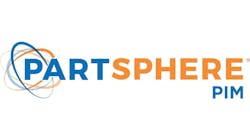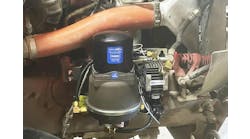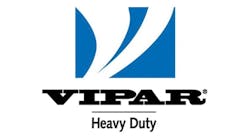THE aftermarket plays such an important role in the commercial truck and trailer industry that even seemingly unrelated topics can affect how parts are sold, how many, and to whom.
As you thumb through this year’s Aftermarket Parts and Accessories Issue, you will find stories that we sought out and wrote specifically for this issue.
But even some stories that we did not include for their aftermarket interest seem to have some implications for parts departments. For example, take a look at what came out of this month’s IAA Commercial Vehicles Show in Hanover, Germany. (See story on Page 96). As its name states, the event is a place to see commercial vehicles—not parts. Few people confuse this show with Heavy Duty Aftermarket Week.
But we may have noticed a few things that eventually could affect the market here in North America. Several of Germany’s leading trailer manufacturers seemed to share some common visions about what is important and where they would like to go. The fact that some German companies are going in a certain direction certainly doesn’t mean that North America will, but think about this:
One of those ideas that seemed trendy at IAA is vertical integration. Europe’s largest trailer manufacturers have committed or are moving toward a greater control over the parts that go into their trailers. This isn’t necessarily the old Fruehauf model of vertical integration. Private-label partnerships with current suppliers can achieve the same purpose .
Krone (Fahrzeugwerk Bernard Krone) of Werlte, Germany, unveiled its new “All-in Krone concept” The idea is to offer a complete trailer where all parts bear the Krone brand and have a Krone spare parts number.
“We noticed frequently in the past that our customers not only wanted to benefit from our expertise as a trailer manufacturer, but also would like us to be a complete service provider for everything to do with trailers,” said Bernard Krone, managing director. The biggest step in this direction was the company’s new Krone trailer axle that the company introduced at IAA. “We are now also offering other components with the Krone look,” he added. “This makes life significantly easier for transport companies as they only need one contact now to answer all their questions concerning service, maintenance and spare parts.”
Krone is moving toward that goal in a couple of ways—through acquisition and through private labeling. The company promoted its own tail lamp (the Krone logo lights up when the lamps are activated) that is produced for them by Hella. And in 2013, the Krone Group acquired gigant Trenkamp & Gehle, a trailer axle manufacturer located just over 30 miles from Krone headquarters.
Kögel, another leading trailer manufacturer in Europe, also announced its new trailer axle.
A second thing we noticed is the development of telematics by trailer manufacturers. Schmitz Cargobull has its own division—Schmitz Cargobull Telematics. This division of Germany’s largest trailer manufacturing company has standardized the interface for the connection to other data systems and established a process for integrating the trailer telematics data. Schmitz believes trailer customers will benefit from a system that enables truck and trailer component data to be shared on the same communication network. Krone also promoted its telematics system.
So? Trailer OEMs make the case that it is beneficial in a variety of ways. But Don Reimondo, president and CEO of HDA Truck Pride, warns that telematics could have a major impact on independent parts and service companies.
“Telematics allows direct communication with vehicles, so it can be used to refer motorists to facilities for service and repair,” he said. “The ability for the OEMs to lead and control the dialogue with the vehicle owner via embedded proprietary systems, remotely diagnose and repair vehicles, and suggest maintenance could negatively impact the aftermarket, notably independent shops. If it truly does drive business back to the dealer, we could see massive bloodshed on the independent side of the equation.”
Good news, bad news, or no news? What has been mentioned above may or may not revolutionize the aftermarket—especially if the concepts have to transcend the Atlantic Ocean as well as a different market in order to be adapted. But we also know that a change here can affect something elsewhere—especially with transportation equipment. It’s not unusual for one part to make the whole truck shake. ♦








